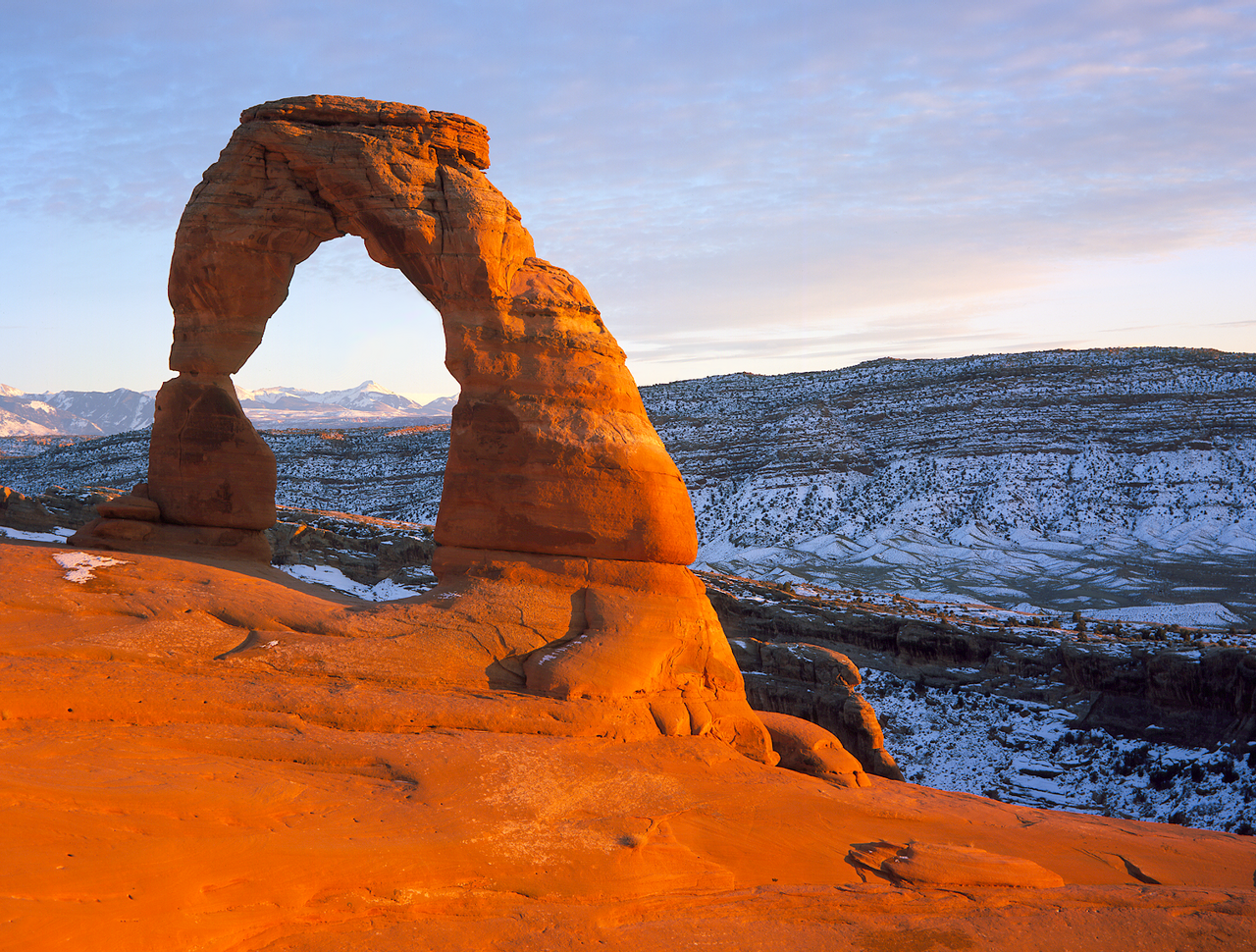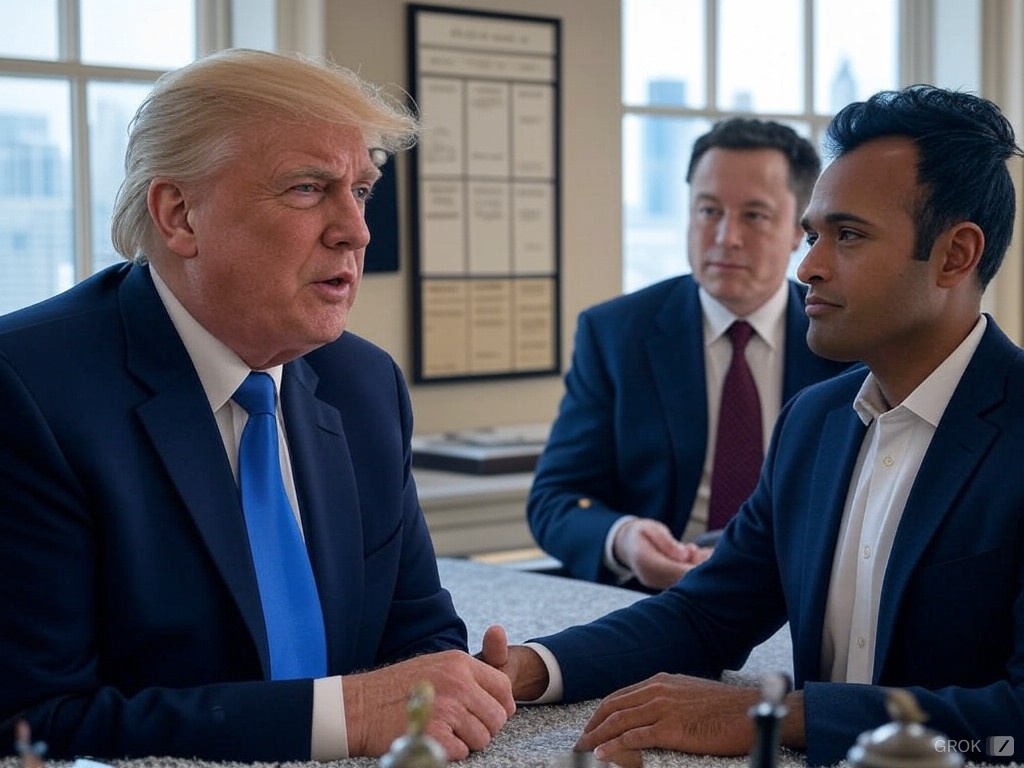As a 54-year-old avid mountain biker, I’m keeping a close eye on the ongoing discussion about allowing Class 1 e-bikes on non-motorized trails in Moab, Utah. The Bureau of Land Management (BLM) recently announced a 30-day public scoping period to assess whether Class 1 e-bikes should be permitted on over 190 miles of non-motorized mountain bike trails within the Moab Field Office. This process, which began on October 1 and will conclude on November 1, is crucial for determining which trails, if any, would be most suitable for Class 1 e-bike use.
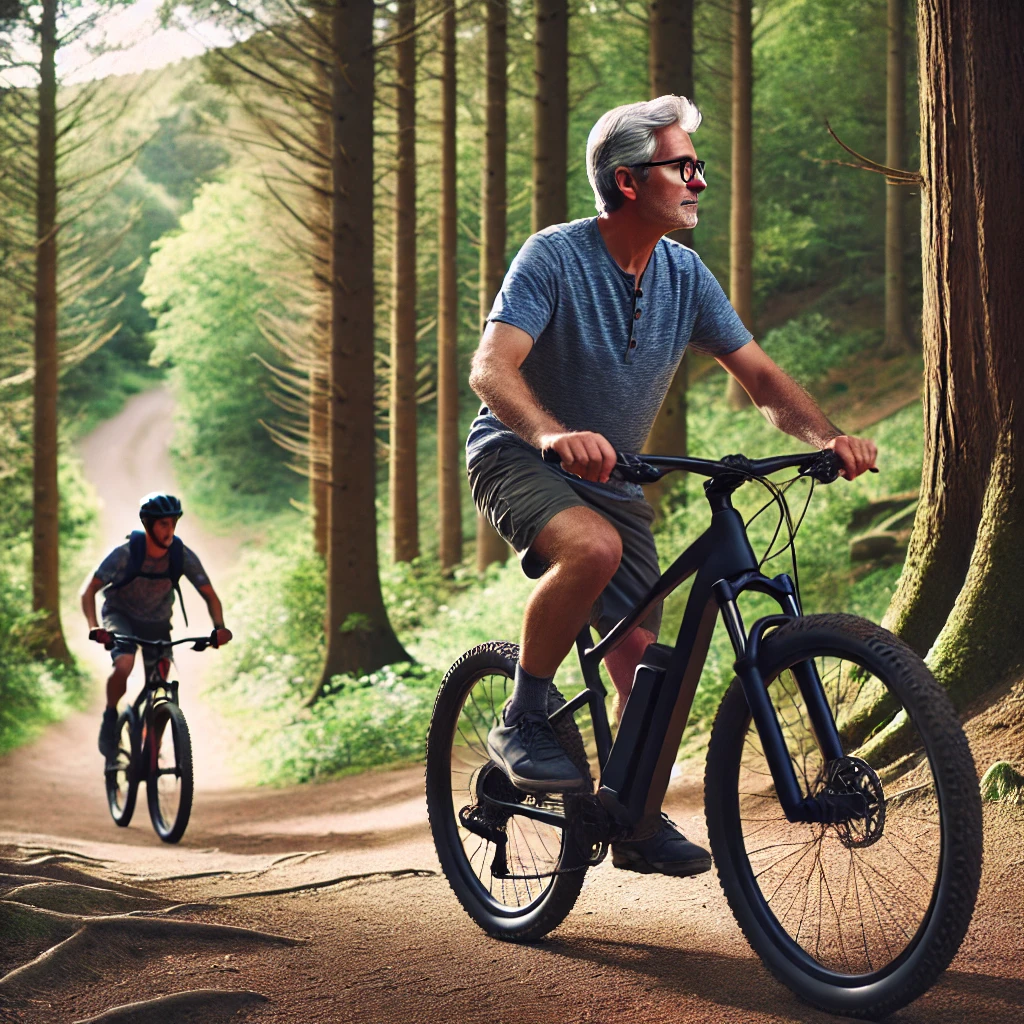
For those unfamiliar, Class 1 e-bikes are pedal-assist bikes that only provide motorized assistance while pedaling and cut off at 20 mph. These bikes are not motorbikes or mopeds; they simply offer a little extra help for riders who need it—people like me, who may not have the stamina or physical ability they had in their younger years. At 54, my Class 1 e-bike allows me to keep up with friends, tackle tougher climbs, and still enjoy mountain biking without putting unnecessary strain on my body.
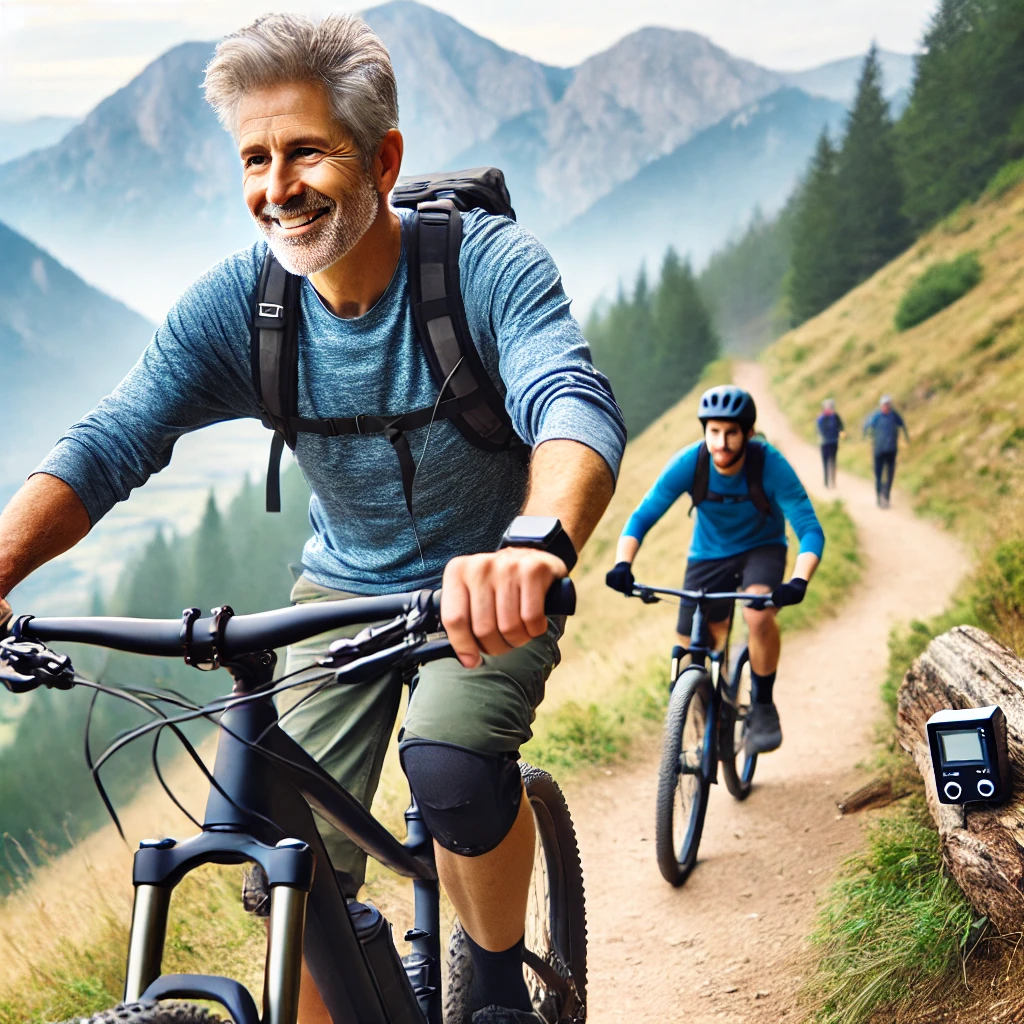
The BLM’s decision to gather public input on this issue is a step in the right direction. The agency is striving to balance the need to provide a variety of opportunities for all public land users while enhancing trail accessibility and connectivity. E-bikes have become increasingly popular, particularly among older riders and those with physical limitations, who want to remain active and enjoy outdoor adventures. The question now is how to manage the growing popularity of e-bikes in a way that benefits everyone while preserving trail conditions.
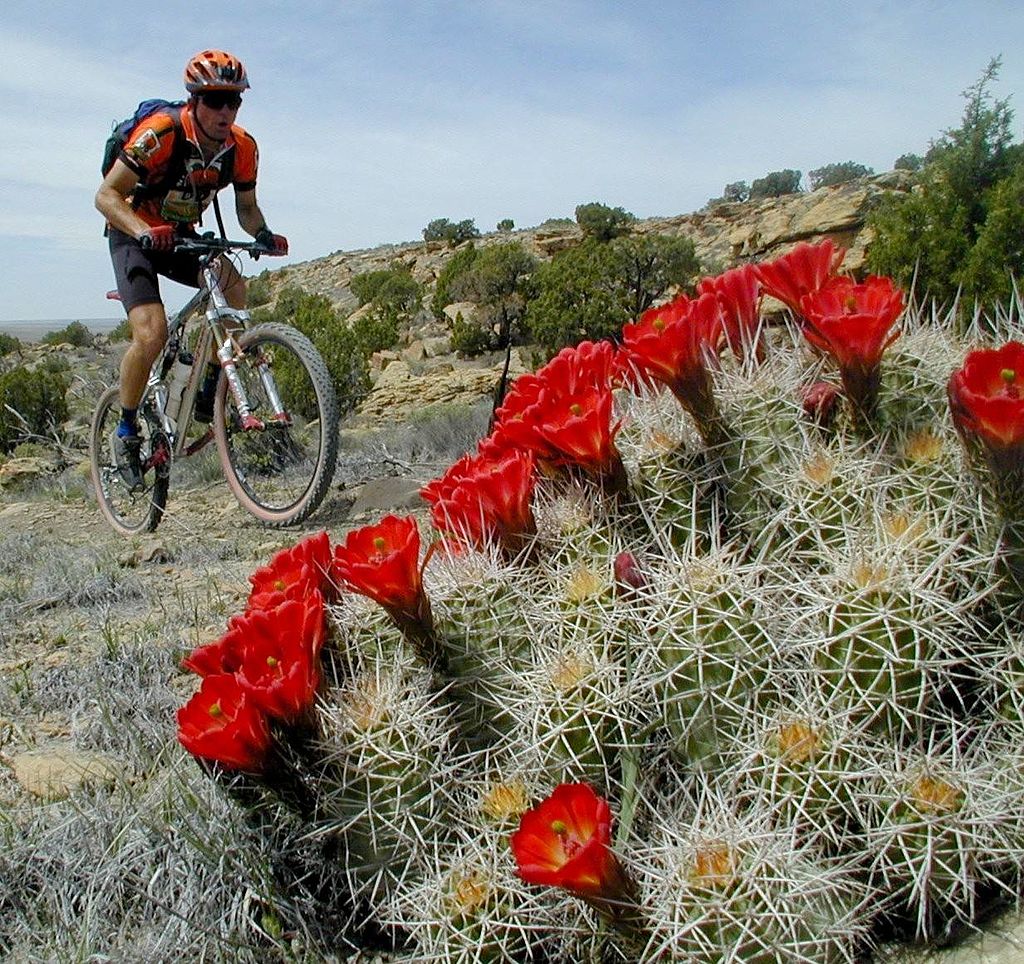
But what’s puzzling to me is why some people are still so resistant to the idea of allowing Class 1 e-bikes on these trails. Many arguments against e-bikes are rooted in outdated thinking that doesn’t recognize who is truly causing issues on the trails. It’s not the older riders using e-bikes for a bit of extra help—it’s often younger, fitter riders, particularly males aged 18-35, who are chasing Strava KOMs (King of the Mountain titles) on crowded trails. These riders are capable of generating far more speed and power than any Class 1 e-bike ever could, and they’re often so focused on setting personal records that they ignore the risks to other trail users.
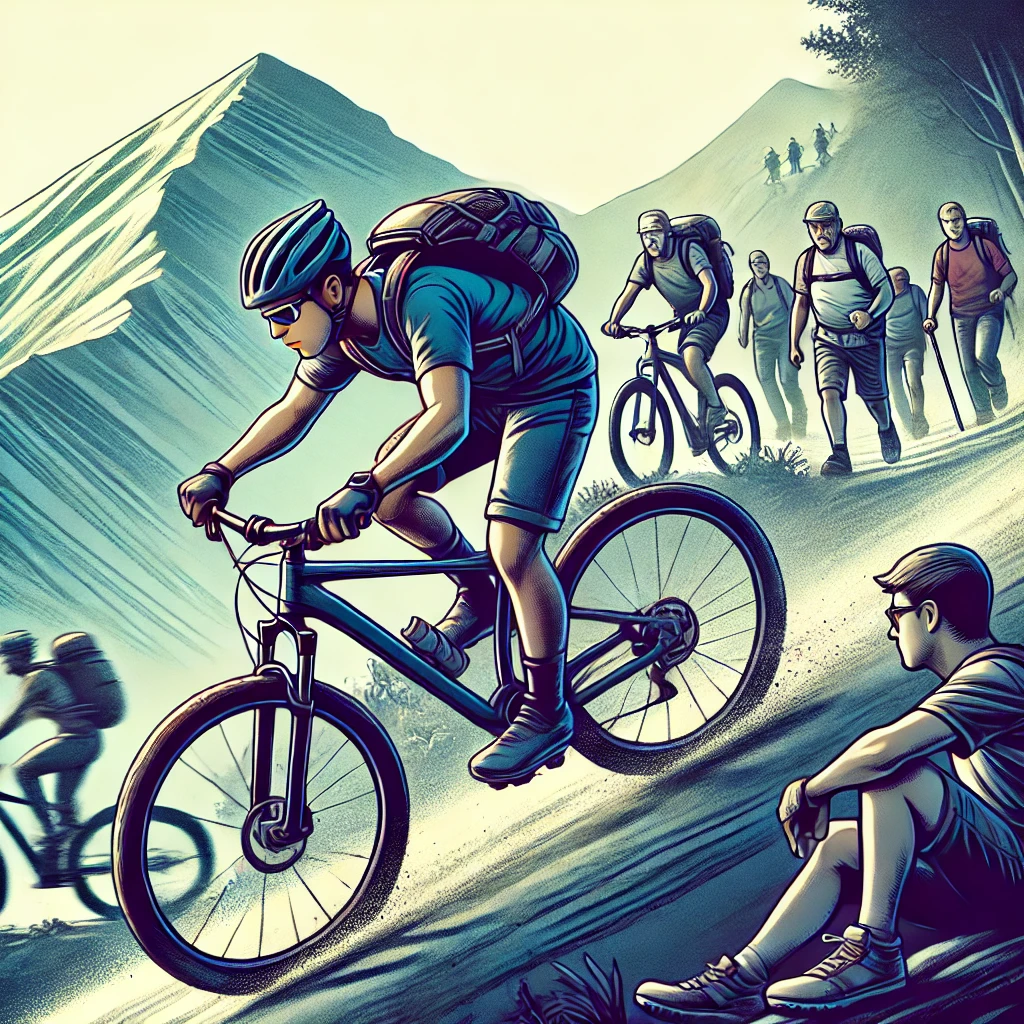
If trail safety and preservation are the real concerns, the focus shouldn’t be on banning Class 1 e-bikes, but rather on addressing the behavior of those who treat mountain biking like a race. The younger riders I see flying downhill at breakneck speeds pose far more risk to themselves and others than someone like me riding a Class 1 e-bike uphill at a steady pace. I’ve witnessed younger riders losing control on sharp turns or narrowly avoiding collisions with hikers—all in the name of setting a personal best. Yet, no one is calling to ban them.
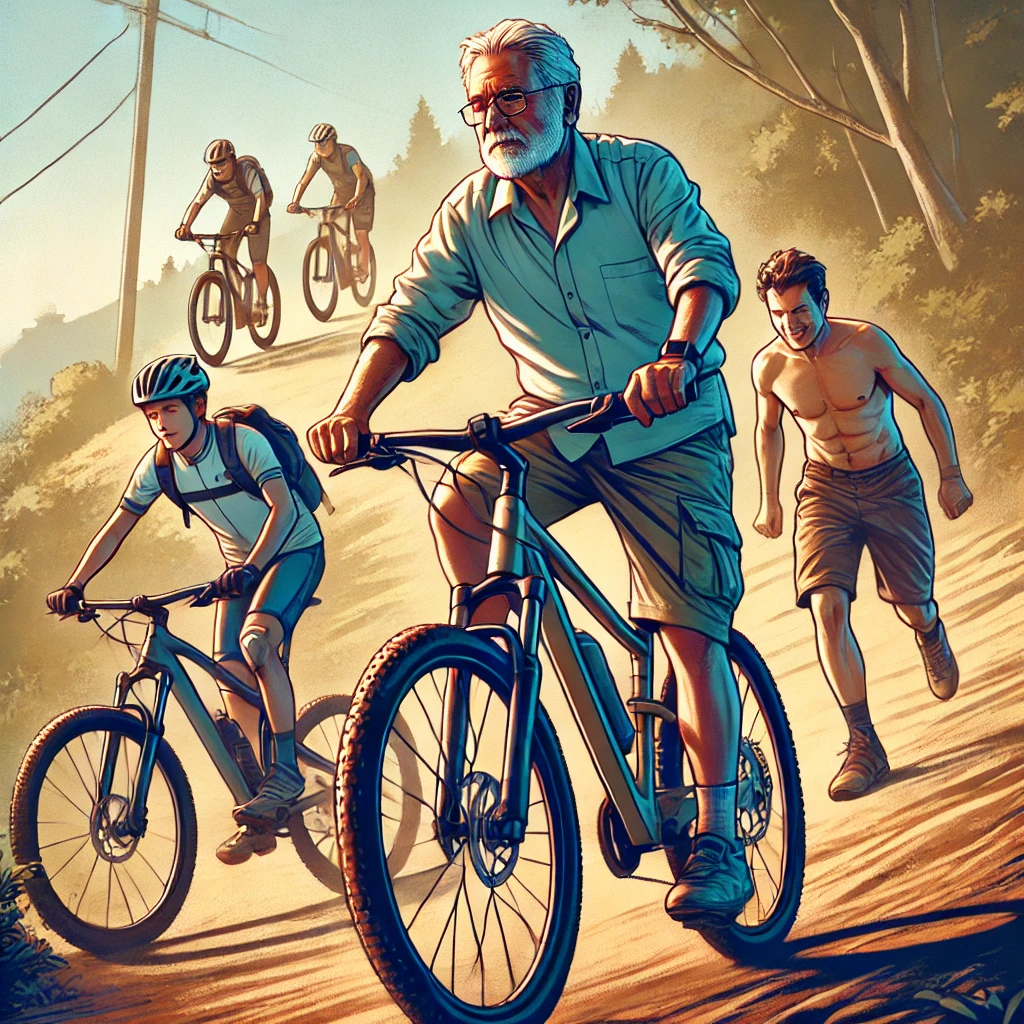
Class 1 e-bikes offer an inclusive way for people of all ages and abilities to enjoy mountain biking. They help older riders or those with physical limitations to keep active and explore nature without overexerting themselves or risking injury. I use my e-bike to climb hills that would otherwise be too challenging for me, but I’m not flying downhill recklessly or causing damage to the trail. The motor provides just enough assistance to keep me moving and enjoying the ride without pushing beyond my limits.
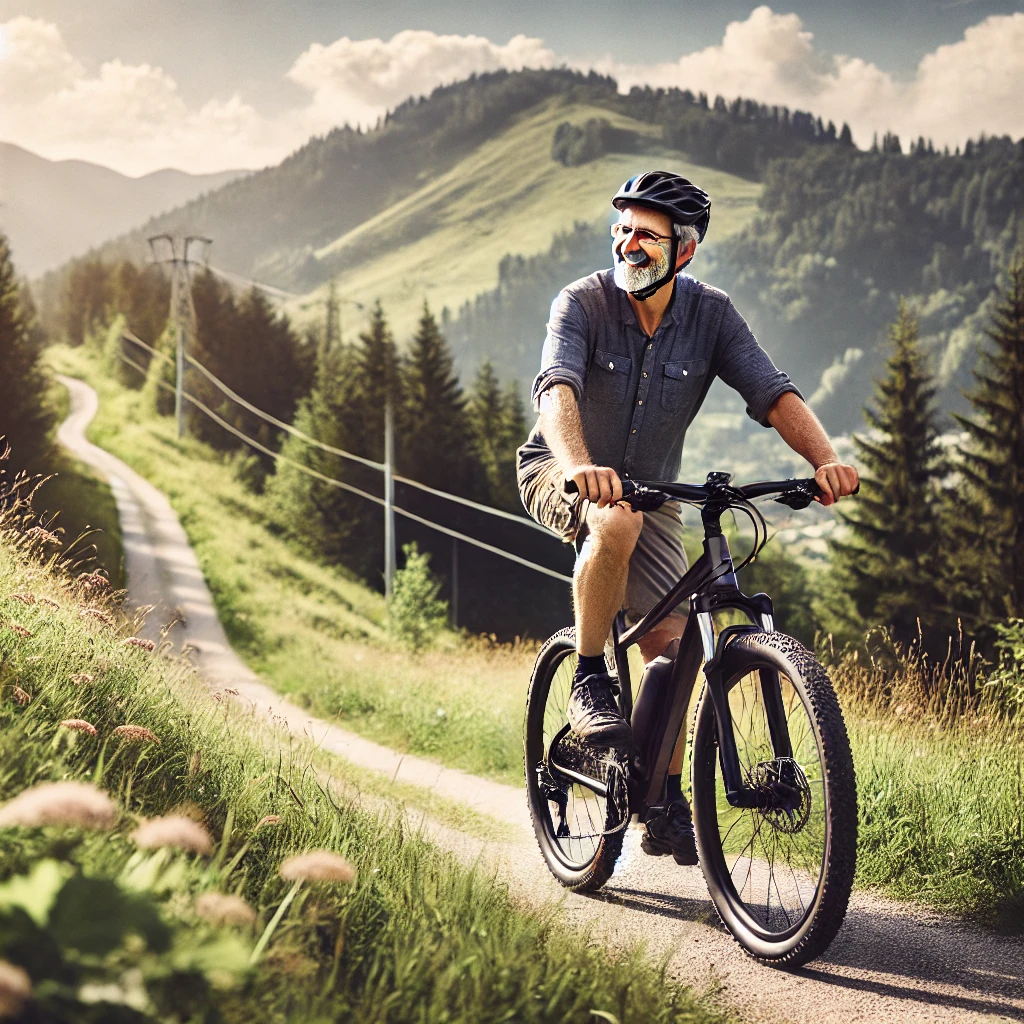
The BLM’s decision to open a public scoping period is a chance for the community to weigh in on how we can responsibly incorporate e-bikes into the trail system while preserving the experience for all users. I believe that allowing Class 1 e-bikes on appropriate trails would be a win for everyone. It would open up more opportunities for older riders, make the sport more accessible, and allow all trail users to share the beauty of Moab’s natural landscapes. Instead of focusing on banning e-bikes, we should concentrate on promoting responsible trail use and ensuring that all riders, whether they’re on a traditional bike or an e-bike, respect the shared space we’re so fortunate to enjoy.
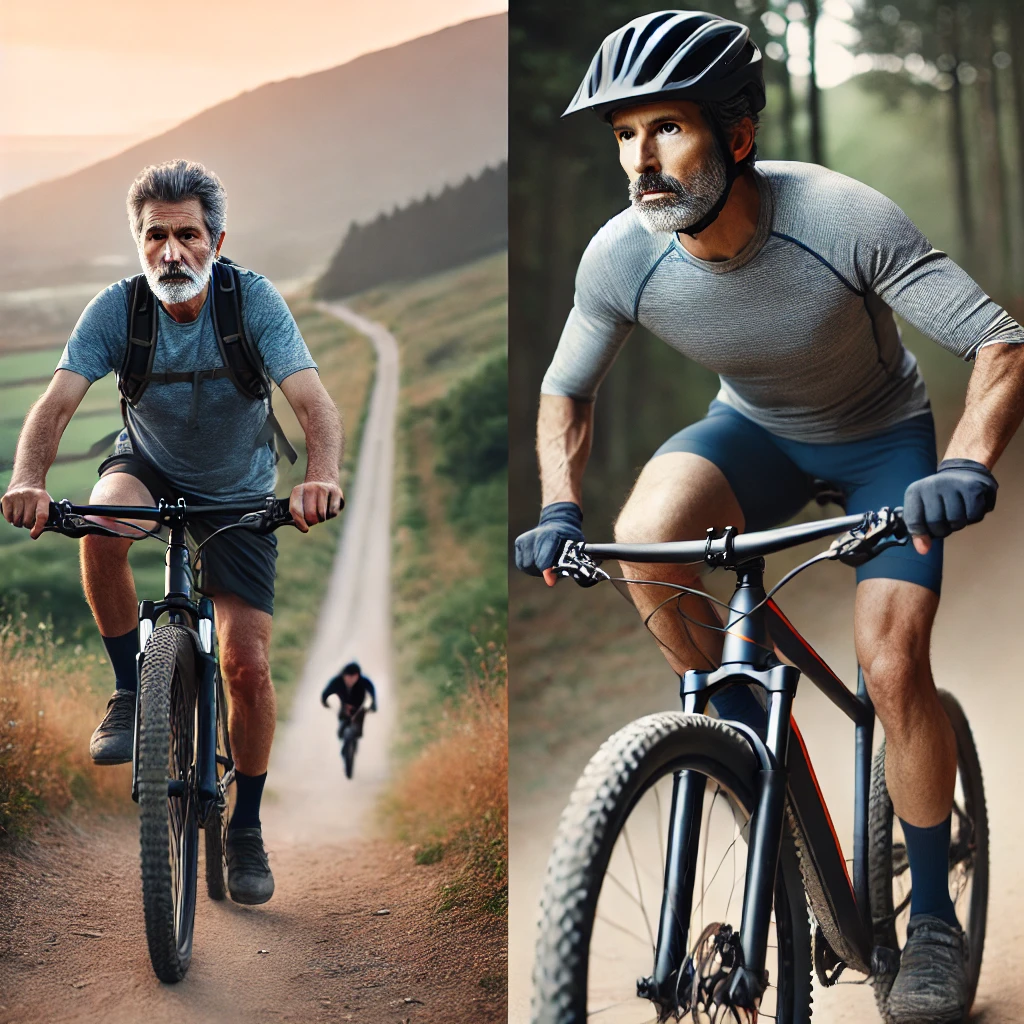
As the public scoping period continues, I encourage everyone—whether you’re an e-bike enthusiast, a traditional mountain biker, or a hiker—to participate and share your thoughts. This is a chance to ensure that Moab’s trails remain inclusive and accessible while also maintaining their integrity. The BLM’s goal is to balance the needs of all users, and I’m confident that with input from the public, they can find a solution that works for everyone. Let’s embrace the future of mountain biking and make sure that the trails remain open and enjoyable for riders of all ages and abilities.


